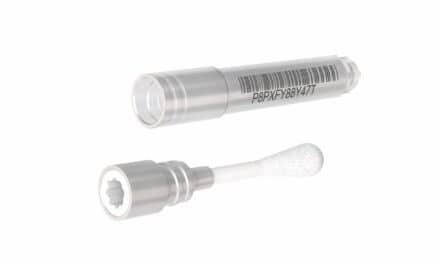A historically Black college was able to safely remain open even as many other universities shut down their campuses due to frequent COVID-19 testing coupled with other safety measures enabled, a new research study.
The study, which was published by the JAMA Network Open, a member of JAMA Network, saw Delaware State University partnering with nonprofit Testing for America—as well as other public and private supporters—to develop a multi-pronged approach to mitigating the spread of COVID so students could live and study on campus for the 2020-21 school year.
The peer-reviewed JAMA Network Open report was authored by Neil Hockstein, MD, a Delaware physician and advisor to Testing for America.
Delaware State developed a comprehensive plan for a safe reopening even as the pandemic was disproportionately affecting communities of color. Enabling students to be on campus was essential to ensuring students would have access to housing, health care, food, Internet services, and other essential resources.
DSU’s testing program consisted of twice-a-week PCR testing program for the 2,320 students, faculty, and staff on campus from August 2020 to April 2021. Donations and grants to fund testing came from Illumina, Siemens, Cerner, Guardant Health, The Rockefeller Foundation and Ginkgo Bioworks, among others.
The effort to re-open was not without risk, Hockstein noted. There was not yet a vaccine in Fall 2020, and, in Delaware at the time, COVID infection rates were 46 percent higher among those identifying as Black than those identifying as white.
“Our partnership with Testing for America and others was not only historic, but absolutely essential to our successful efforts to keep our entire community safe without sacrificing the educational opportunities and support our students need to change their life trajectories,” says Delaware State University President Tony Allen. “I’m proud this report is being published so the efforts can serve as a model and a reminder of what can be accomplished through collaboration.”
Testing was coupled with persistent messaging about shared responsibility, wearing masks, hand-washing and social distancing, and the outcome was a campus that remained safely open providing academic and basic needs security to the campus population—with no hospitalizations or deaths, according to the report.
Additionally, the average weekly test positivity rate on campus remained below 1 percent while the average was 5 percent statewide.
“The lessons from this study are important to consider today, as we continue to contend with new COVID variants, the potential for waning immunity, and breakthrough cases. All of these suggest testing remains essential to identifying and containing the spread of COVID,” says Hockstein.




